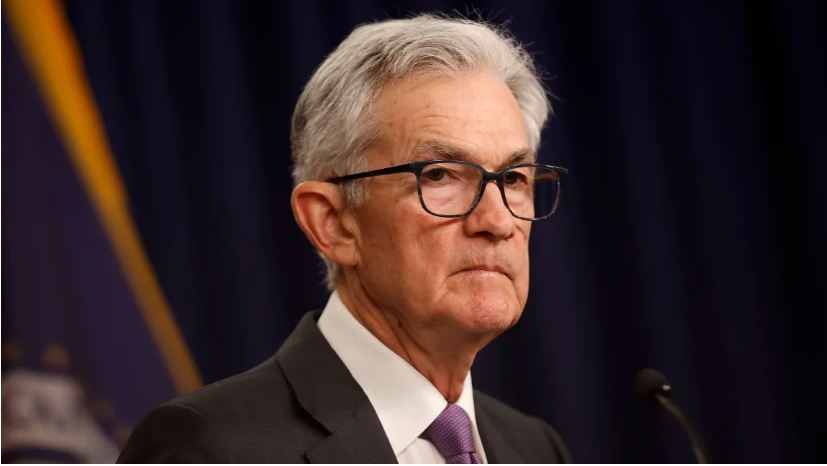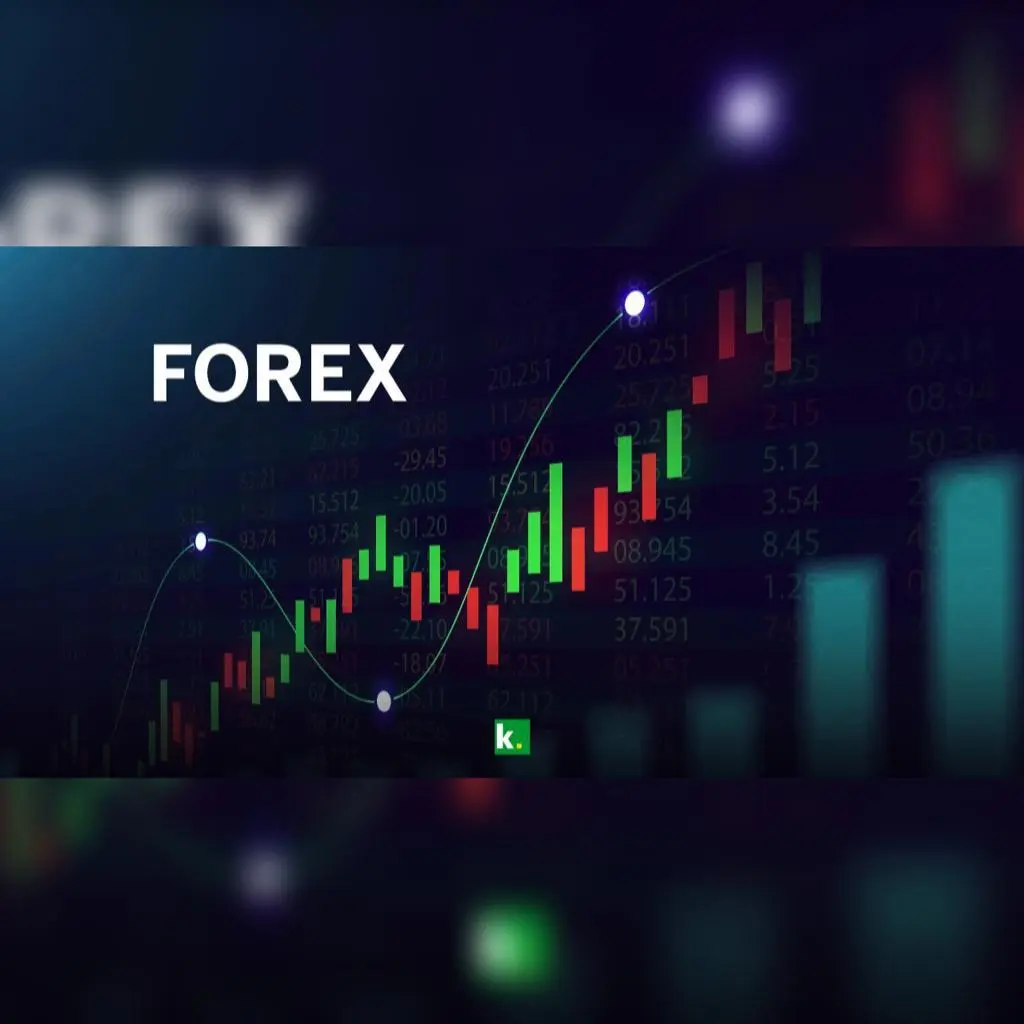At the onset of the short trading week due to holidays, US inflation is witnessing a considerable downturn from the 40-year highs observed in the summer of 2022. However, it remains elevated above the Federal Reserve’s official 2% target.
Federal Reserve’s Economic Projections and Policy Outlook At their latest policy meeting, officials revisited their economic forecasts, anticipating growth and inflation to trend higher. Despite these revisions, the Fed affirmed its plans to cut interest rates this year, signaling a potentially more lenient stance towards inflation.
Importance of Inflation Control Central bankers underscore the significance of controlling inflation, emphasizing its impact on all Americans, particularly those reliant on regular income. While the Fed has made strides in raising interest rates, Chairman Jerome Powell acknowledges the challenges ahead in curbing inflation.
Current Inflation Figures According to the Fed’s preferred inflation measure, consumer prices rose by 2.5% in February compared to a year earlier, slightly surpassing January’s figures. Powell attributes this uptick to transient factors.
Fed’s Commitment to Inflation Target Powell reassures markets of the Fed’s unwavering commitment to bringing inflation down to the 2% target over time. Despite recent data, Powell maintains that the Fed remains focused on its long-term objectives.
Policy Outlook The Fed hints at potential policy adjustments later in the year, contingent on economic developments. Powell suggests a gradual easing of policy restraint if the economy evolves as anticipated.
Market Reactions Economist Mohamed El-Erian expresses concern over the Fed’s dovish tilt amidst upward revisions in growth and inflation projections. Market analysts scrutinize the Fed’s stance, questioning its implications for future monetary policy.
Expert Insights on Fed’s Perception of Inflation Lydia Boussour, senior economist at EY-Parthenon, shares her views on the Fed’s economic projections and inflation outlook. She highlights the Fed’s patience in achieving its goals and its readiness to initiate an easing cycle.
Factors Driving Noninflationary Growth Boussour attributes the Fed’s patience to favorable supply-side dynamics and resilient labor market conditions. Factors such as normalized supply-chain conditions, productivity gains, and a rebound in labor supply contribute to noninflationary growth.
Corporate Developments In other news, Home Depot announces a significant acquisition, signaling confidence in the housing market and professional segment. This move reflects ongoing efforts by retailers to cater to the needs of professional customers, highlighting the broader economic landscape.
In conclusion, while US inflation remains above target, the Federal Reserve adopts a cautious yet optimistic stance towards monetary policy, balancing inflation concerns with broader economic objectives. Vigilance towards inflation trends and economic data remains crucial for market participants navigating the evolving landscape.




